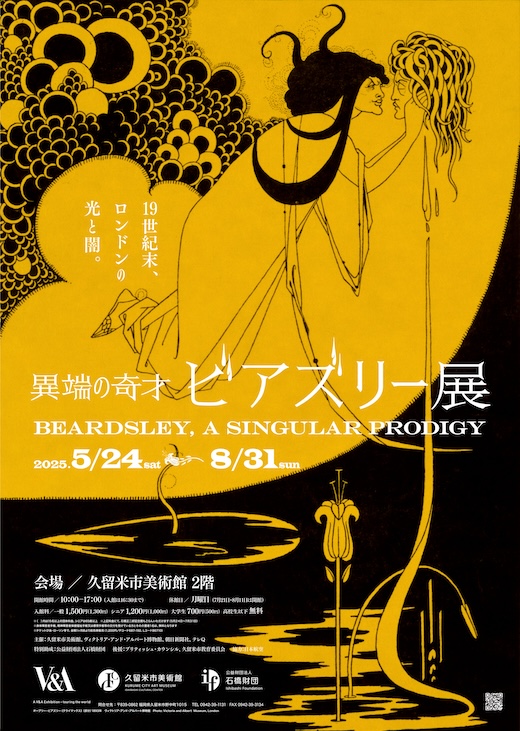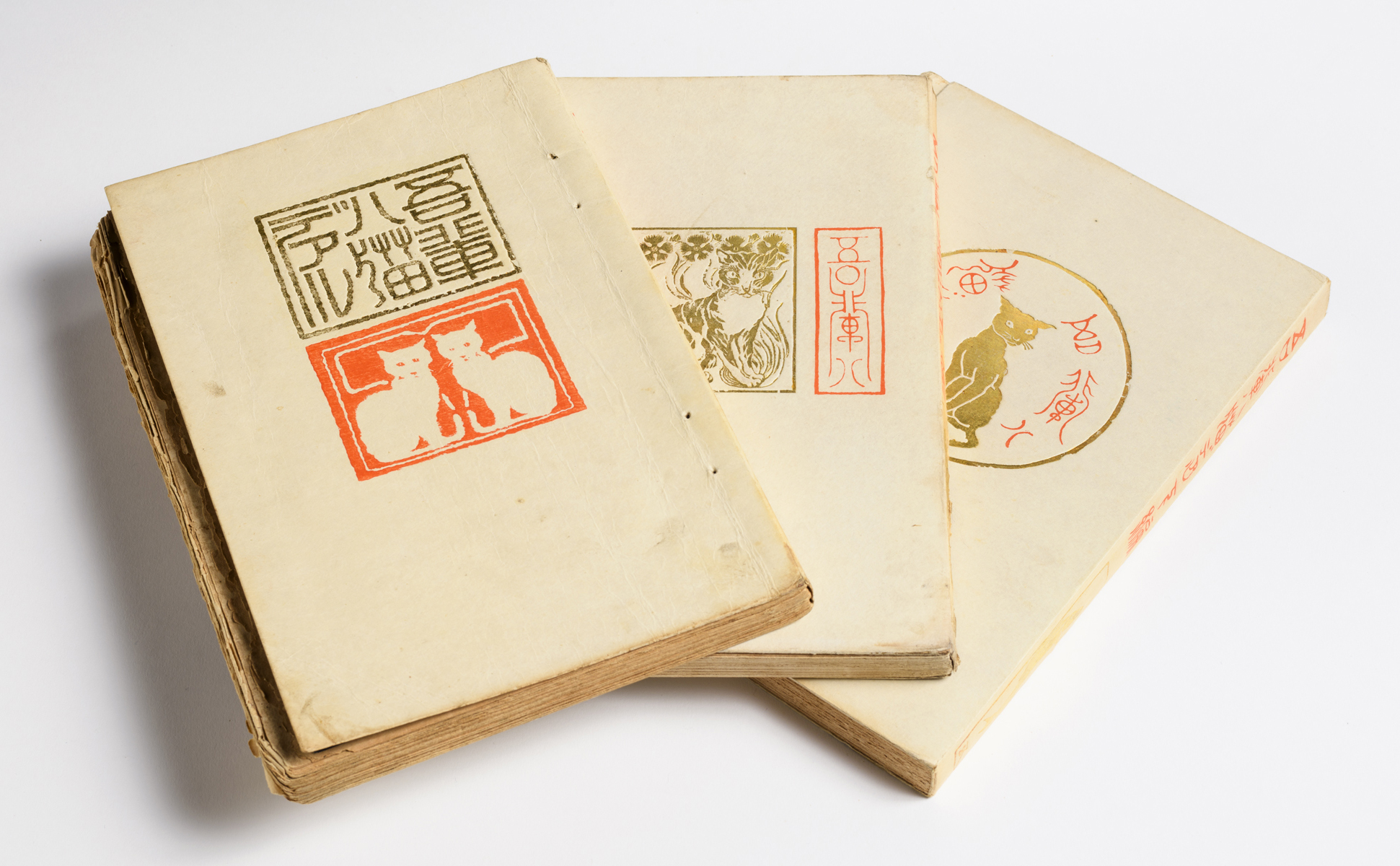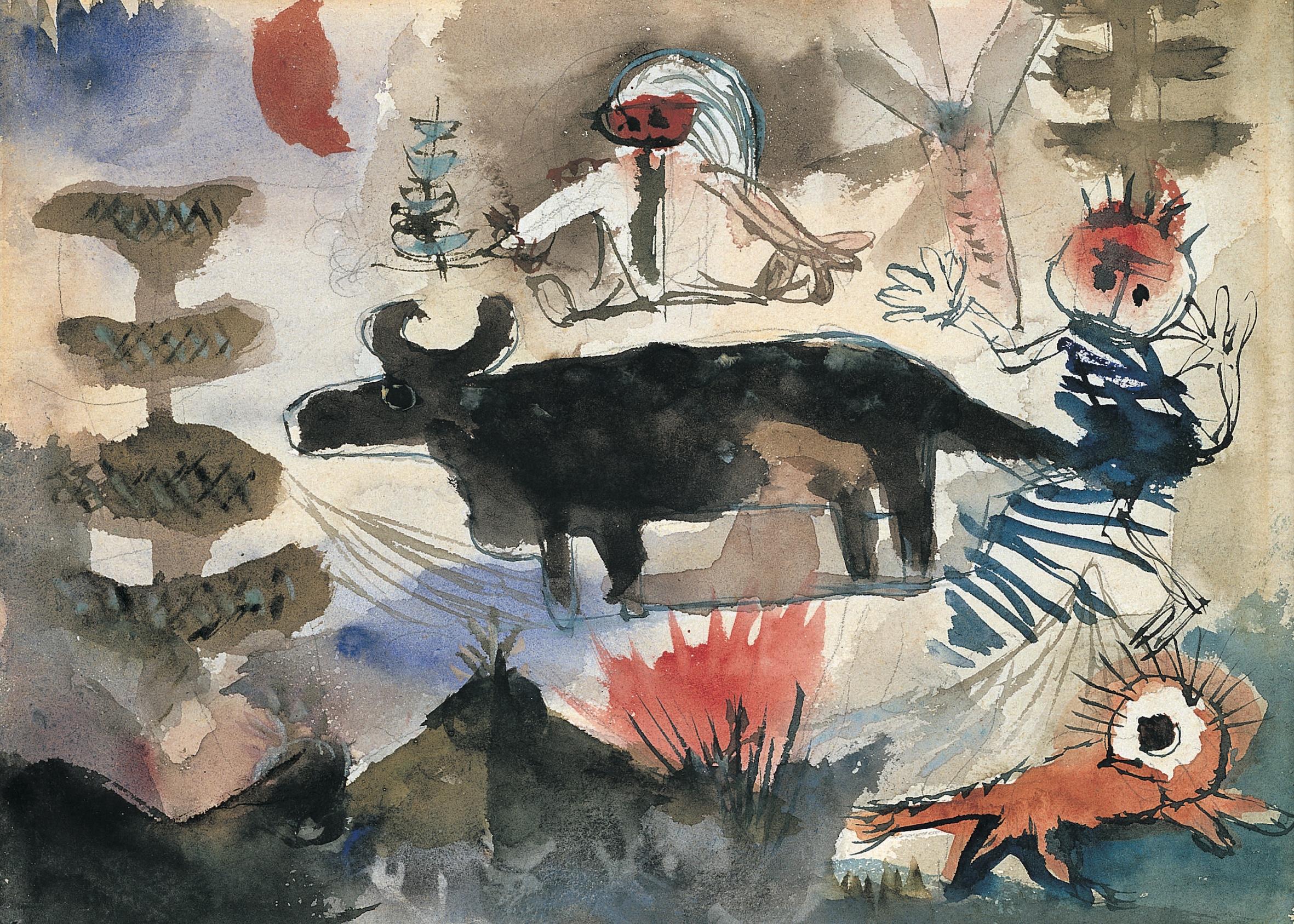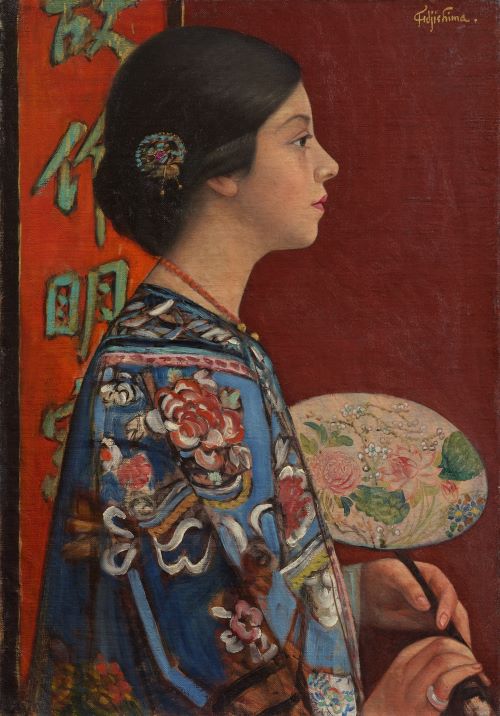Exhibition
Now on View

Beardsley, a Singular Prodigy
2025.05.24(Sat)-2025.08.31(Sun)
Schedule
-

Beardsley, a Singular Prodigy2025.05.24(Sat)-2025.08.31(Sun)
Aubrey Beardsley (1872–1898) was a British painter who died at the young age of 25. The sophisticated works composed of exquisite lines and bold black and white planes he painted by candlelight caused an uproar in Europe and the US at the end of the nineteenth century. With the cooperation of the Victoria and Albert Museum, the charm of Beardsley is presented through altogether 200 or so works. There are illustrations and posters dating from early on in his career to his later years such as Le Morte d’Arthur, which brought Beardsley into prominence, and the illustrations for Salomé published in the magazine The Studio, plus ornaments dating from those days.
-

The World of Designs by Hashiguchi Goyo2025.09.13(Sat)-2025.10.26(Sun)
Hashiguchi Goyo (b. Kagoshima, 1881–d. 1921) is known as a pioneer of book design and shinhanga (lit. new prints) in Japan. He designed books for leading writers of modern Japanese literature such as Natsume Soseki, Izumi Kyoka, and Nagai Kafu. Regarding books by Soseki, beginning with Wagahai wa neko de aru (I Am a Cat), with which Soseki debuted as a novelist, Goyo produced the designs for Sanshiro, Sorekara, and Mon. With focus on Goyo’s achievements as a graphic designer, this exhibition introduces the rich world of Goyo’s designs.
Wagahai wa neko de aru[I Am a Cat], vol.1, vol.2, vol.3(auth. Natsume Soseki) Private Collection Photo: Norihiro Ueno -

Chikugo-ist Painter Koga Harue—A Close Analysis2025.11.8(Sat)-2026.01.18(Sun)
As Part 2 of the “Chikugo-ist” series introducing painters with connections to the Chikugo region in Kyushu, this exhibition focuses on Koga Harue (1895–1933), a Western-style painter who was born in Kurume. Composed mainly of works and reference materials from the collections of Artizon Museum and Kurume City Art Museum, it examines the true face and charm of Koga by analyzing the numerous sketchbooks and notebooks which remain. There are also works by artists who interacted with Koga such as Matsuda Teisho, who was also Koga’s teacher, Aoki Shigeru, Sakamoto Hanjiro, and Takashima Yajuro.
KOGA Harue, Burning a Cow, 1927, Private Collection -

Celebrating the Tenth Anniversary of the Opening of Kurume City Art Museum New Horizons of Beauty—The Latest Collection of Artizon Museum, Ishibashi Foundation2026.02.14(Sat)-2026.05.24(Sun)
Introduced here are approximately eighty works from the Ishibashi Foundation collection, which amounts to three thousand works. They are mainly recent acquisitions conveying the “now” of Artizon Museum. While inheriting Bridgestone Museum of Art’s tradition of Impressionism and modern Japanese yoga (Western-style paintings), Artizon Museum continues to expand the range of its collection by focusing on acquisitions of contemporary art, female artists’ works, and early modern Japanese art too. This is the first time its new collection is being loaned elsewhere and exhibited here in Kurume.
FUJISHIMA Takeji, Orientalism, 1924, Artizon Museum, Ishibashi Foundation, Tokyo
